Operation Factors of Iron Ore Beneficiation Magnetic Separator
Magnetic separation is one of the main methods of iron ore beneficiation, and magnetic separator is the main equipment of this method. In actual production, the operation of the magnetic separator has a very obvious impact on the separation index of iron ore. The main operating factors are the thickness of the feed layer of the magnetic separator, the rotational speed of the magnetic separator cylinder, the feeding speed, and the water inlet control.
1. Feed layer thickness
The thickness of the feeding layer is the feeding amount, which is related to the particle size and magnetic mineral content of the raw ore fed into the magnetic separator. Generally, the feed layer of coarse iron ore is thicker than that of iron-manganese ore. The thickness of the feed layer for coarse-grained iron ore should be about 1.5 times the upper limit of particle size, and for medium-grained or fine-grained iron ore, it can reach 4 to 6 times the upper limit of particle size.
In the case that the content of magnetic minerals in the original iron ore is low, the thickness of the feeding layer should be appropriately reduced to avoid the magnetic ore particles located in the lower layer from being unable to be affected by the magnetic force and reduce the impact on the recovery rate of magnetic minerals. Similarly, when the content of magnetic minerals is relatively large, the thickness of the feeding layer can also be appropriately increased.
2. Magnetic separator cylinder speed
The magnetic field strength of the magnetic separator barrel forms a regular distribution according to the design requirements, and the magnetic field strength will not change the magnetic field gradient due to the change of the current. Therefore, controlling the rotating speed of the magnetic separator cylinder is one of the important operations to adjust the separation index, and its speed is mainly determined by the iron ore raw material particle size and operating requirements.
The cylinder speed of the magnetic separator is mainly controlled by the frequency converter. When the iron ore raw minerals have strong magnetic properties, the frequency conversion speed should be reduced. Conversely, when the raw mineral has weak magnetic properties, the frequency conversion speed should also be accelerated. In addition, under the condition of wet magnetic separation, the frequency conversion speed is lower than that of dry magnetic separation, and the rotating speed of the cylinder is also faster than that of dry magnetic separation.
3. Magnetic separator feeding speed
The feeding speed of the magnetic separator has a direct impact on the residence time of iron ore particles in the magnetic field and the mechanical force it receives. The faster the ore feeding, the shorter the residence time of the ore particles in the magnetic field, and the smaller the effect of the magnetic force. At the same feeding rate, the weak magnetic iron minerals are weaker than the strong magnetic iron minerals in the magnetic field, resulting in a decrease in the recovery rate. Therefore, when sorting iron ore with weak magnetic properties, the feeding speed should be appropriately reduced.
In different sorting stages, the feeding speed of the magnetic separator is different. During the beneficiation stage, the raw iron ore has many monomer minerals and strong magnetic properties, which can appropriately increase the ore feeding speed. However, in the process of sweeping, the iron ore raw materials have more conjoined minerals and weaker magnetic properties, so the ore feeding speed can be reduced to improve the recovery rate.
4. Water inlet control of magnetic separator
When wet magnetic separation is used, the water inlet control of the magnetic separator is very critical to the stability of the separation index. This requires a reasonable opening of the water inlet pipe of the magnetic separator to avoid excessive water inlet pressure. At the same time, the control of water concentration is also very important. Excessive circulating water concentration will affect the dispersion and sedimentation effect of iron ore, thereby affecting the concentrate index. It is ideal for the circulating water concentration to be below 10%. If the circulating water is turbid, precipitation is required for reuse.
The above are the five important operating points of iron ore magnetic selection. Adjusting operational factors is crucial, but other factors also have an important impact on iron ore sorting indicators. Therefore, it is suggested that before formulating the iron ore beneficiation plan, the beneficiation test should be done, and the beneficiation process plan should be formulated by scientific and reasonable means. In daily operation, regular observation should be made, and adjustments should be made in time according to the situation to ensure a stable sorting effect and economic benefits.


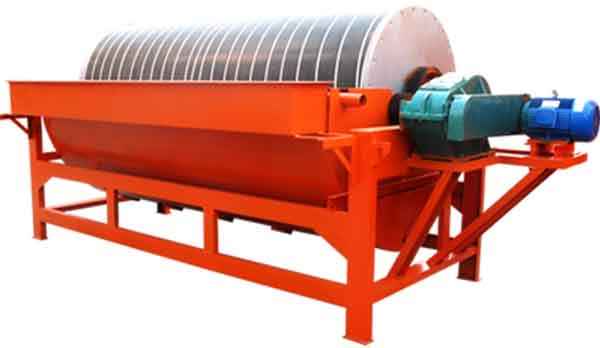
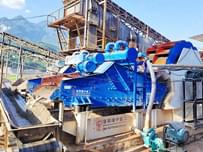
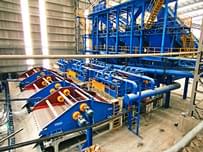
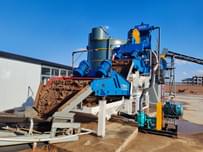
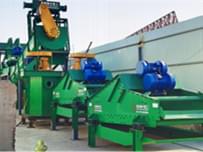
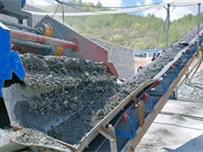
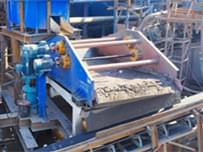
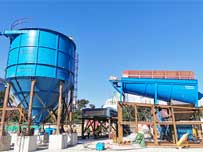
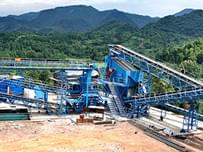




Send Message
Please write down your requirement and contact details in the following form. You can also send a message to us by this email export@lylzzg.com, we will reply to you within 24 hours.